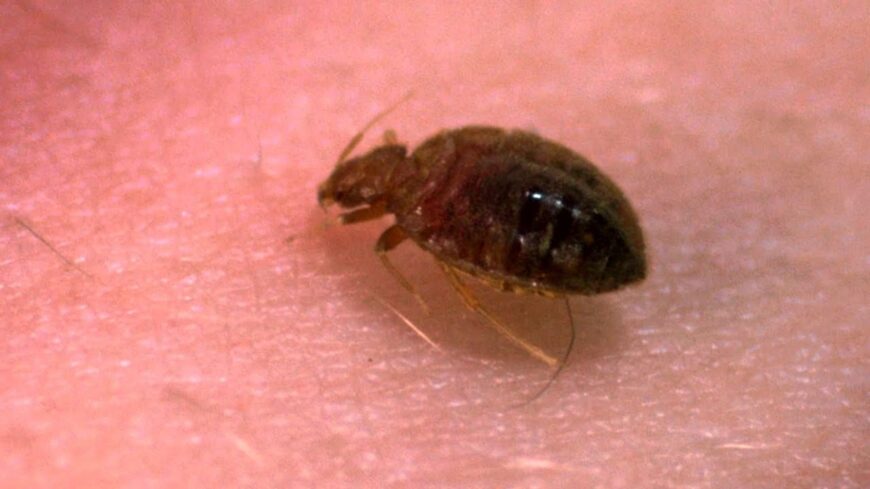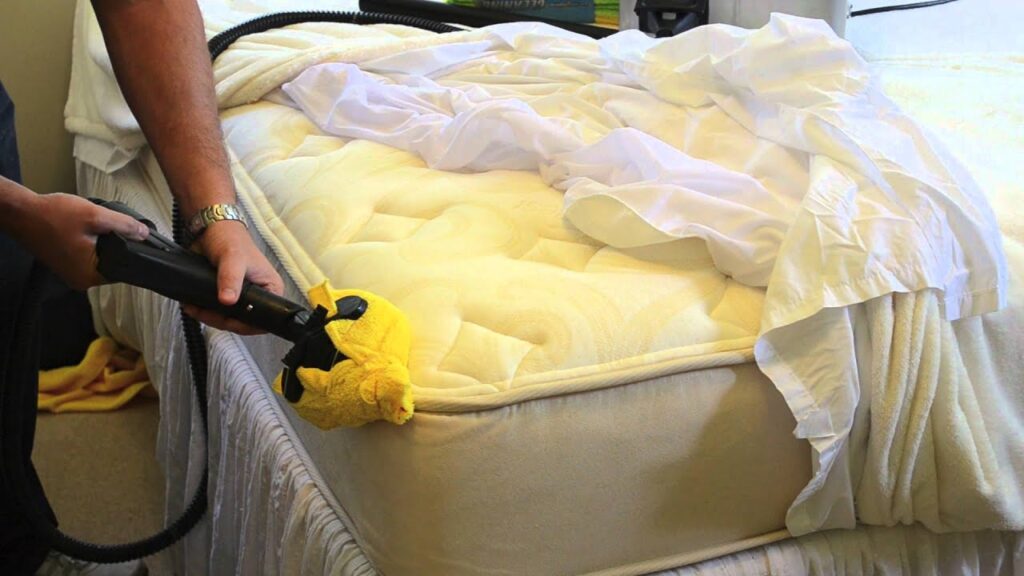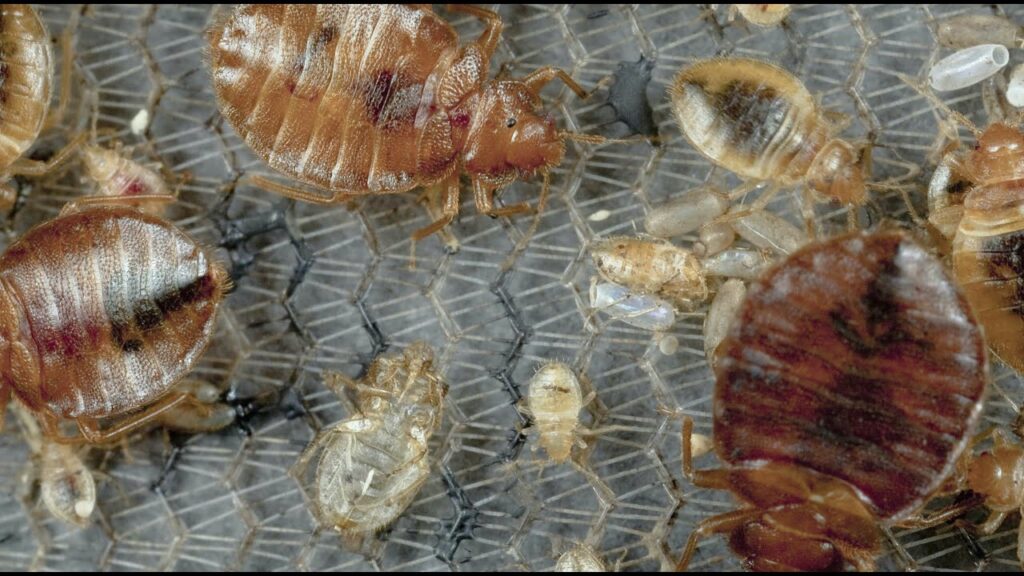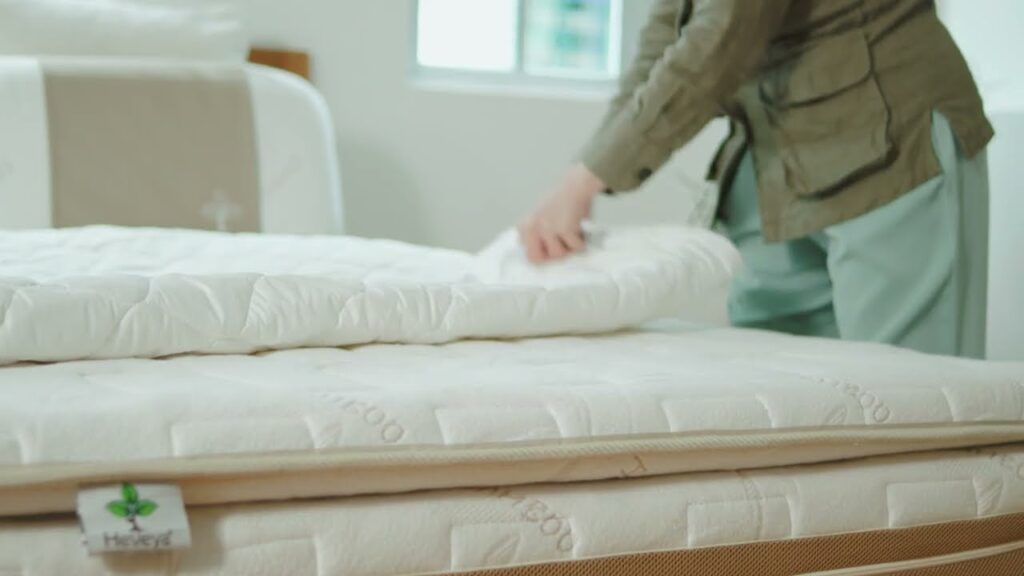According to some studies, they can survive without a blood meal for 90-120 days. This is a remarkable feat considering they are active only at night and feed during the dark. But how do we know exactly how long they live? This article explores how long these insects can survive without a blood meal. Read on to discover how to prevent infestations! And don’t forget to follow the tips below to keep bedbugs out of your home.
They feed while people sleep
Bedbugs are tiny, brown insects that feed on the blood of warm-blooded animals, primarily humans. Their feeding behavior dates back to ancient times, and is described in classical Greek writings dating back to Aristotle. Bedbugs feed while people sleep, but their peak feeding times are between midnight and 5 AM. They feed by piercing human skin, and their feeding activity can be quite annoying.
This pest typically prefers dark places, and can feed on people even when they are not in the room. The bedbugs feed while people sleep and hide during the day in the vicinity of the host. They typically inhabit dark places, within six feet of the sleeping area. Bedbugs hide in seams and tufts of the mattress, cracks and wood joints in box springs, and upholstery. Bedbugs are attracted to wood, paper, and fabric, making them a major concern in homes.
A good method of bedbug control is nonchemical. Nonchemical methods aim to eliminate bedbugs and their eggs by killing them and removing them from the area. Nonchemical methods include sprayed insecticides, steam cleaning, and other techniques that can prevent bedbugs from breeding in the same location. Using a pesticide in this way may be risky, so make sure to get professional advice. And remember, bedbug problems won’t go away on their own, so it’s crucial to act early and inform others of your infestation. Contact your local health department or call a pest control company to eliminate your infestation.
If you have recently been in a bedbug-infested place, wash your clothes immediately after you return home. If you can’t get to your washing machine right away, store your clothes in a plastic bag until washing day. Alternatively, you can store your clothes in a sealed plastic bag until you can wash them. The best way to prevent bedbug infestation is to keep your bed alone as much as possible.
Bedbugs can be difficult to spot, but you can usually tell if you have an infestation by noticing blood spots, hatched eggs, or cast skins on your bedding. In some cases, you may even find live bedbugs, but you must be sure that you’re seeing these in your home before they poop. Bedbugs are more likely to occur in urban areas, but they can be found anywhere!
They can survive without a blood meal for up to 400 days
While a bedbug’s life cycle is dependent on the presence of a human host, it is possible for them to survive without food for up to 400 days. The University of California Agriculture & Natural Resources Department estimates that the life span of an adult bed bug can be up to 14 months without a blood meal. In lab settings, bedbugs can survive without a blood meal for 40 days or more. This can be especially useful for homes that are vacant for long periods of time.
The life span of a full-grown bedbug is incredible. They can survive for 200 to 400 days without feeding, and their ability to survive is dependent on several factors. It is estimated that a female bedbug can lay over 120 eggs in her lifetime. In a typical home or apartment, an adult bed bug can go up to 20 days without a blood meal. As long as it is warm enough, an infestation of bedbugs will be nearly impossible to eliminate completely.
Although bed bugs are able to live for many months without a blood meal, they do not require this food source in order to remain active. This means that the bugs that live in your home may have been imported from a neighbor’s home or a neighboring building. This is why it is important to take steps to prevent the spread of this pest. In addition to preventing the spread of the pest, it is advisable to treat your home with an effective and safe product.
Adult bed bugs have the advantage of surviving without a blood meal. In laboratory tests, bed bugs have survived more than 400 days without a blood meal. Although the bugs are not known to transmit disease to humans, the presence of bed bugs can cause severe itching and pain. Over-scratching may result in secondary skin infections. Bed bugs also bite without any visible signs and symptoms.
They can withstand temperatures up to 122 degrees Fahrenheit
When a professional exterminator performs a heat treatment to kill bed bugs, they raise the air temperature in the furniture to a temperature that will kill the pests. Since bed bugs are sensitive to temperature, temperatures that are higher than 122 degrees Fahrenheit will do little to harm them. Professionals monitor the temperature using remote thermostats. The process usually takes between six and ten hours, depending on the number of rooms and the layout of the area.
One study found that adult bed bugs died at forty-five degrees Celsius, and that the temperature required to kill 85% of them reached 125 degC. However, the LTemp50,99 for unfed and fed adults did not differ significantly. Consequently, these insects were able to survive the heat for a much longer time. This means that they can survive temperatures that kill the adults.
Although adult bed bugs die at a temperature of 118 degrees Fahrenheit, the eggs and larvae can survive at higher temperatures. Using a bug spray or alcohol treatments on infested objects can be effective in killing bed bugs, but you must take special care to cover the entire surface. Bed bugs can hide in cracks and crevices, so it’s important to apply a bug spray liberally.
Professional pest control companies sometimes use a steaming method to kill bed bugs. Steaming provides heat up to 160 or 180 degrees Fahrenheit, which kills them in a matter of seconds. The temperatures and time involved in heat treatment determine the thermal death point of a bed bug. A typical male would need about 120 gallons of blood to live. However, a heat treatment may cause damage to the fabric of the home.
In an experiment to determine whether or not bed bugs can withstand these temperatures, researchers collected a colony of bed bugs from six different locations. This was conducted in Minnesota, Wisconsin, Florida, and New Jersey. A team of researchers then combined these six colonies into the ECL-05 “field” colony. In this experiment, the adult bed bugs were kept under the same conditions as the colony.
They can survive in the dark
There are many reasons why bedbugs prefer dark-colored tents. It may be that pregnant females prefer this environment because it will protect their eggs from predators. However, babies do not exhibit color preference. Bedbugs will survive for about a month without feeding, but if their blood supply is interrupted, they will need to feed again. In addition, bedbugs can have up to four generations per year.
A female bed bug lays up to 500 eggs in her lifetime. A single adult bed bug is about one-half-inch long and has six legs. Bedbugs have long antennae and small, compound eyes. The pronotum is the area behind the head and has a lot of hairs. The immature bed bug is much smaller, only about one-tenth of an inch long, and has an outer skeleton that is much thinner than that of an adult bug.
An effective treatment for bedbugs will require cooperation from building owners. To control bedbugs, you must cooperate with your pest controller. As they can disperse throughout the building, you may need to inspect additional rooms and clear away clutter, which could serve as hiding places for bed bugs. By doing so, you will have a better chance of eliminating the problem. If possible, try to identify your bedbugs in a detailed way before you attempt any treatment. If possible, document your observations and make notes on the type of bedbugs you have seen.
Bed bugs usually feed during the night. They move from one room to another in order to find a new food source. However, when their host is inactive, they feed under the light. If they are unable to find food, they will leave the bed alone and move to a different room. Eventually, they will overpopulate the room and start infesting the next one. The best way to eliminate bed bugs is to treat the entire house, not just the bed.
During the day, bedbugs can feed by hiding in dark places. If you notice blood spots or hatched eggs, you will have bedbugs. You may also notice cast skins or dead bed bugs. If you find these signs, you should immediately remove the dust covers and mattress. Bedbugs can also live in dark places, so it is important to properly disinfect them as soon as possible. In addition, bedbugs can survive in the dark, which means that they can feed anytime.




